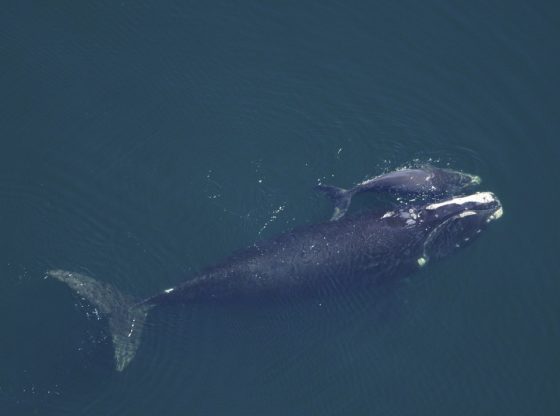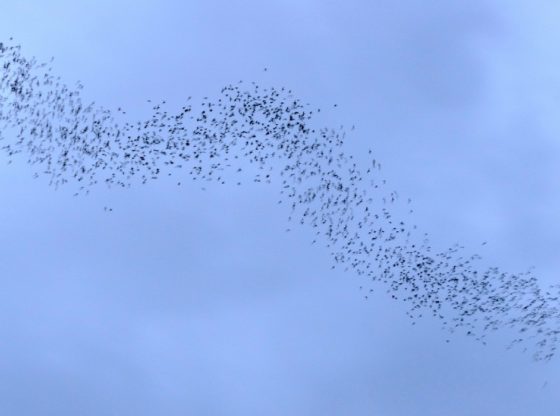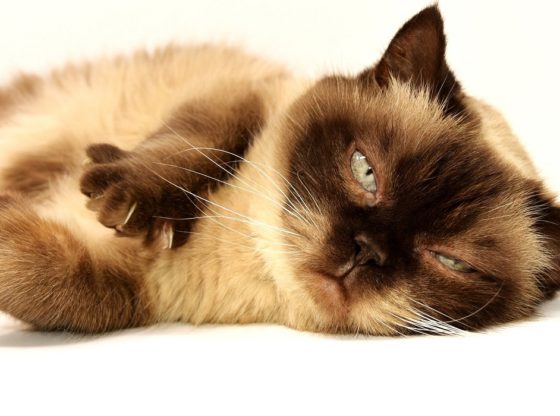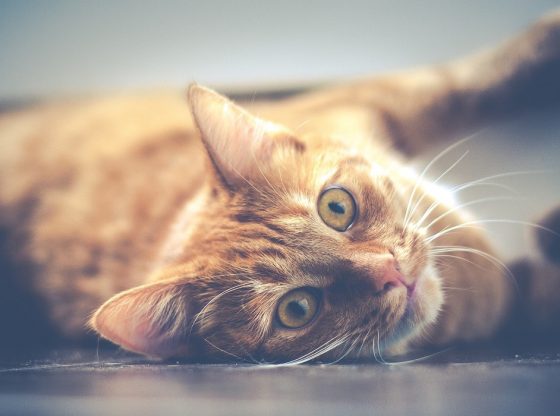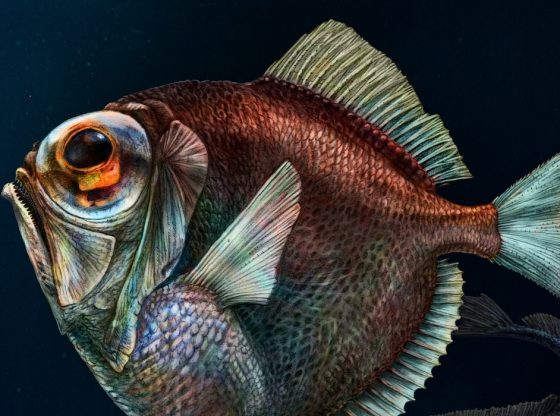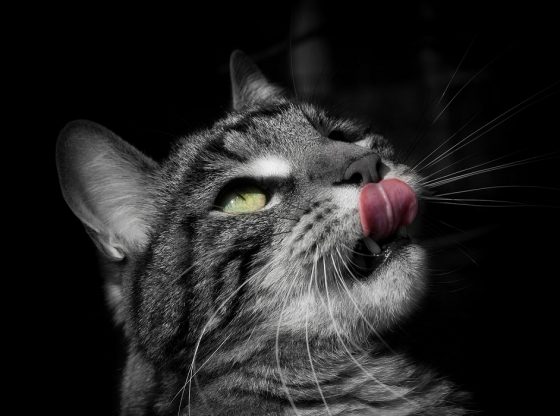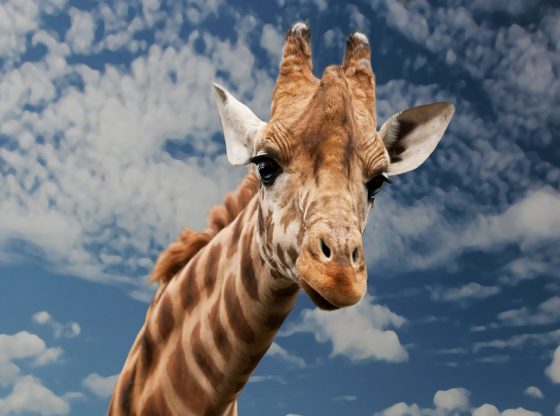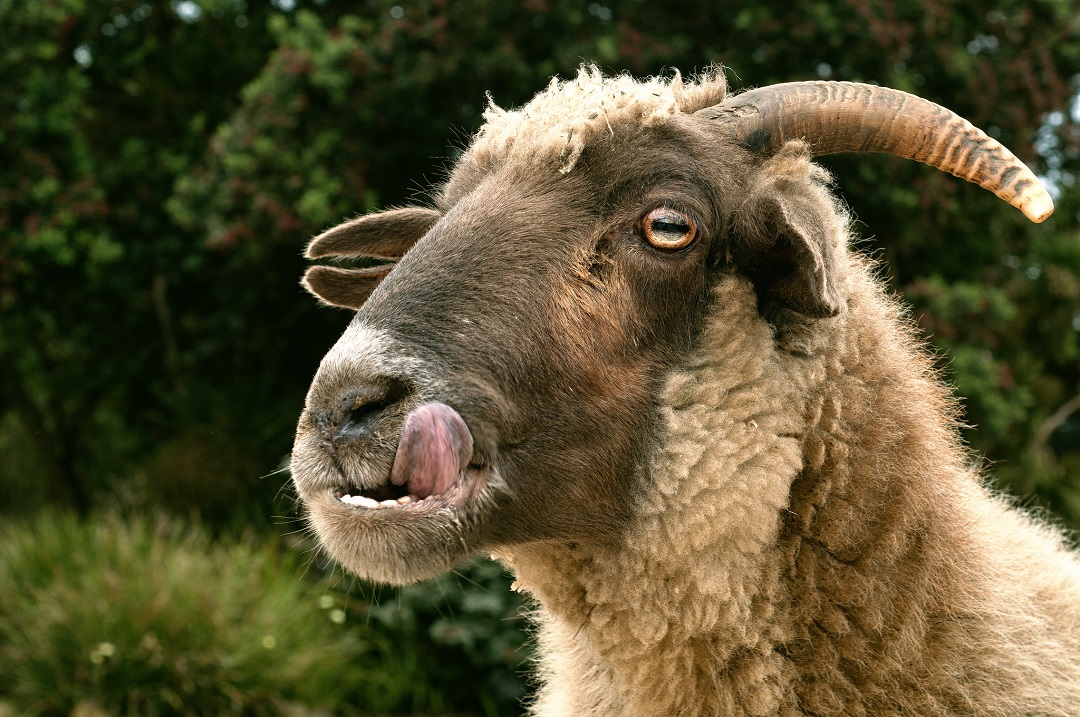
A new theory provides an explanation to why the pupils of animals look different. Why some animals have narrow and elongated horizontal pupils, while other animals have vertical or round.
That the pupils look different in between different species of animals have long fascinated and puzzled zoologists, and evolutionary biologists.
A team of scientists at UC Berkeley and the University of Durham in England set out to investigate this and their theory has been presented in the paper “Why do animal eyes have pupils of different shapes?” published in the journal Science Advances.
The team analyzed the eyes of 214 terrestrial species, the vision, and lifestyle of various vertebrates and predatory animals. They found that generally, nocturnal or polyphasic ambush predators (which sleep in several bouts in a day) had vertical, slit-shaped pupils while predators who are active during the day had round pupils. Herbivores, in the meantime, had horizontal pupils.
Slender and elongated pupils such as those found among sheep, horses, and other herbivores have horizontal pupils since this design provides them with a kind of panoramic image of the world that makes it easier to detect predators.
This was suggested in research from the 1940s already, those horizontal pupils provided this panoramic vision to help grazers to look out for predators. The researchers set about to test this by constructing a computer model of a sheep’s eye and simulated light moving through it, it showed that this conjecture was indeed correct.
Vertical (upright) pupils are found among many predators that hunt by ambush, such as all the animals in the Felidae family, both small and big cats. The researcher’s hypothesis is that vertical pupils make these predators especially adept at assessing distance, which certainly entails distinct advantages for predators when catching prey.
Reference:
Martin S. Banks et al. Why do animal eyes have pupils of different shapes? Science Advances 07 Aug 2015: Vol. 1, no. 7, e1500391 DOI: 10.1126/sciadv.1500391










